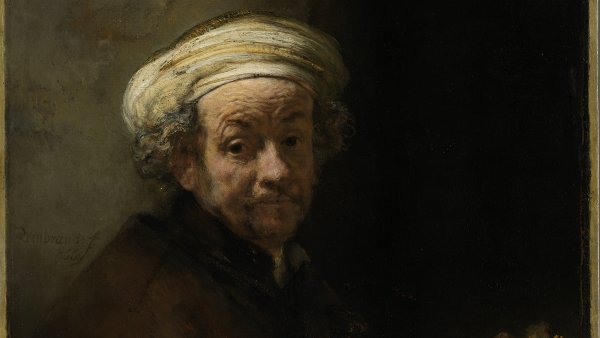Hopper
The exhibition Hopper is the result of a collaborative project between the Museo Thyssen-Bornemisza and the Réunion des Musées Nationaux de France. These are two particularly important institutions with regard to Edward Hopper, given that Paris and early 20th-century works of art were key reference points for the artist, while the Museo Thyssen-Bornemisza in Madrid houses the most important collection of his work outside the USA. Despite their enormous popularity and apparent accessibility, Hopper’s paintings are among the most complex phenomena within 20th-century art in the opinion of the exhibition’s two curators, Tomàs Llorens (Honorary Director of the Museo Thyssen-Bornemisza) and Didier Ottinger (Associate Director of the MNAM/Centre Pompidou). In order to demonstrate this point the exhibition will be organised into two parts: a first half that covers the artist’s formative years from approximately 1900 to 1924, represented through a comprehensive selection of sketches, paintings, drawings, illustrations, prints and watercolours that will be complemented by works of artists as Winslow Homer, Robert Henri, John Sloan, Edgar Degas or Walter Sickert; a second half will cover the years 1925 onwards, that focuses on Hopper’s mature output and aims to illustrate his career in the most complete and wide-ranging manner possible. In order to do so, this section combines thematic groupings (recurring motifs and subjects in Hopper’s works) with an overall chronological ordering.







